Sigma C 16 mm f/1.4 DC DN
7. Coma, astigmatism and bokeh
| E-M5 II, f/1.4, center | E-M5 II, f/1.4, corner |
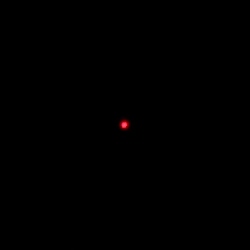
|
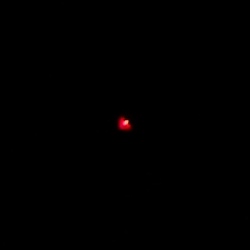
|
| E-M5 II, f/2.0, center | E-M5 II, f/2.0, corner |
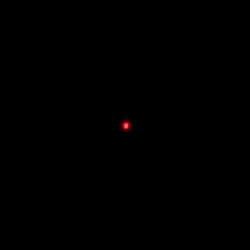
|
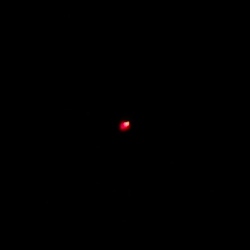
|
The bigger APS-C sensor is far more problematic in this category. By f/1.4 the coma level in the frame corner is really big. Once again stopping down the aperture to f/2.0 helps to decrease it noticeably but the problem never disappears completely.
Please Support UsIf you enjoy our reviews and articles, and you want us to continue our work please, support our website by donating through PayPal. The funds are going to be used for paying our editorial team, renting servers, and equipping our testing studio; only that way we will be able to continue providing you interesting content for free. |
- - - - - - - - - - - - - - - - - - - - - - - - - - - - - - - - - - - - - - - - - - - - - - - -
| A7R II, f/1.4, center | A7R II, f/1.4, corner |
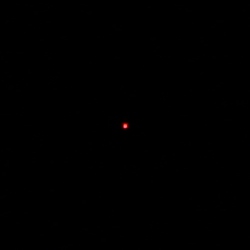
|
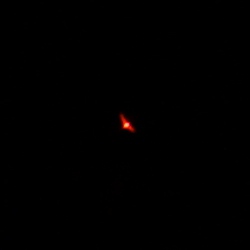
|
| A7R II, f/2.0, center | A7R II, f/2.0, corner |
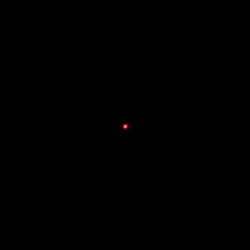
|
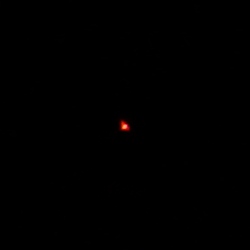
|
Astigmatism, understood as an average difference between vertical and horizontal MTF50 function values, amounted to 17.5% with the lens attached to the Olympus and to 13.1% with the lens cooperating with the Sony camera. Once again the Micro 4/3 version of the lens performed a bit weaker. Overall in both cases the astigmatism remains bothersome even though its biggest influence you can notice near the maximum relative aperture and its level decreases swiftly on stopping down.
Out-of-focus areas don’t feature anything worth worrying about – the light spread in the circles is quite even and onion ring bokeh, often connected to aspherical elements, barely visible. Even mechanical vignetting cannot be called a serious problem.
| E-M5 II, f/1.4, center | E-M5 II, f/1.4, corner |
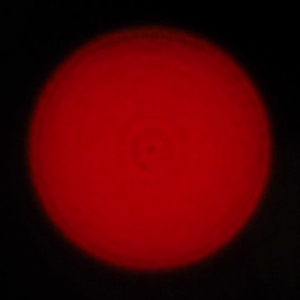
|
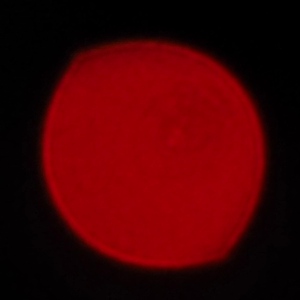
|
| E-M5 II, f/2.0, center | E-M5 II, f/2.0, corner |
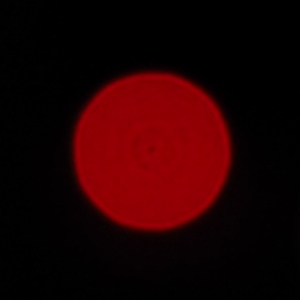
|
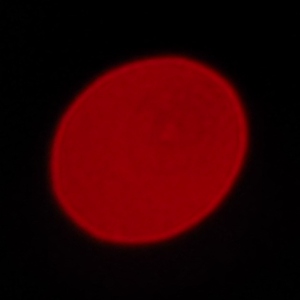
|
| E-M5 II, f/2.8, center | E-M5 II, f/2.8, corner |
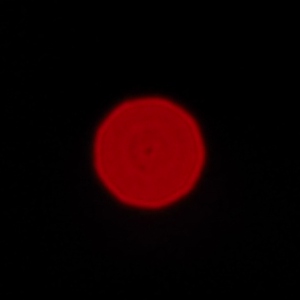
|
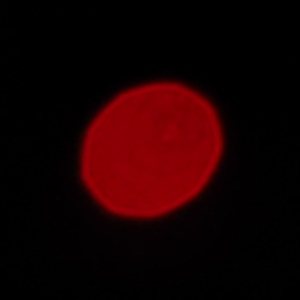
|
| A7R II, f/1.4, center | A7R II, f/1.4, corner |
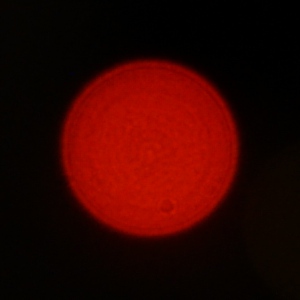
|

|
| A7R II, f/2.0, center | A7R II, f/2.0, corner |
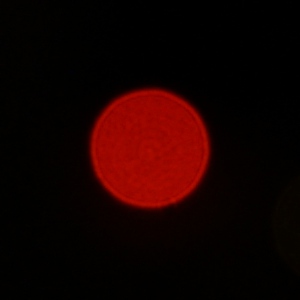
|

|
| A7R II, f/2.8, center | A7R II, f/2.8, corner |
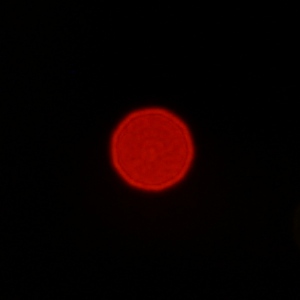
|
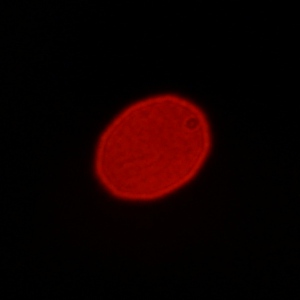
|






